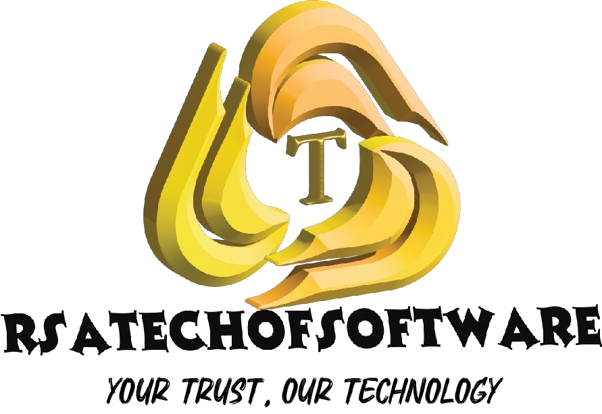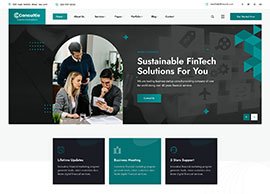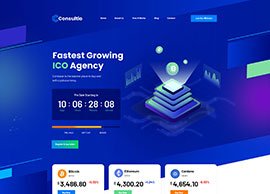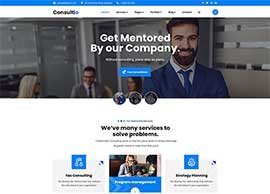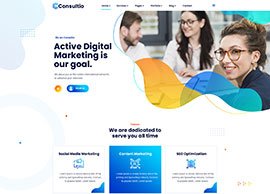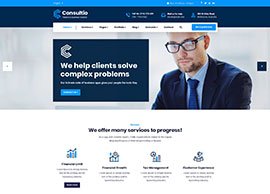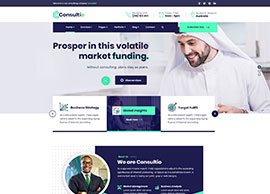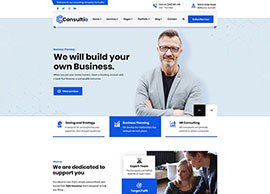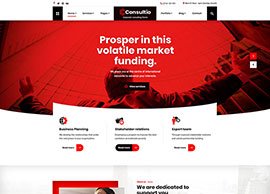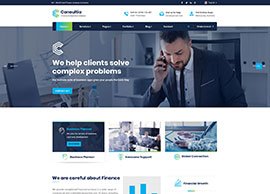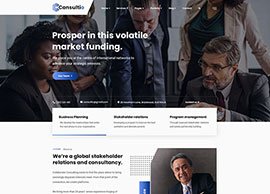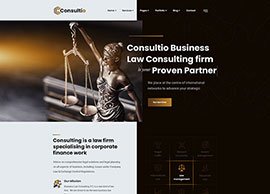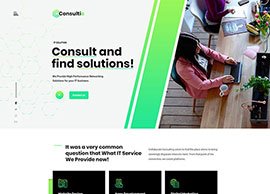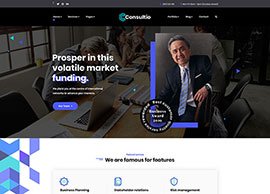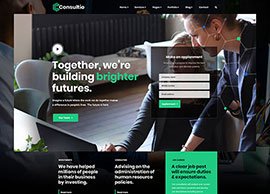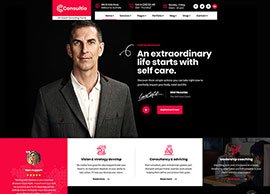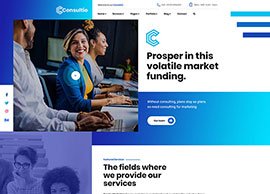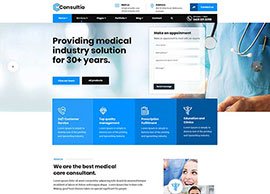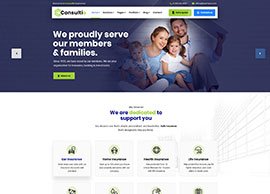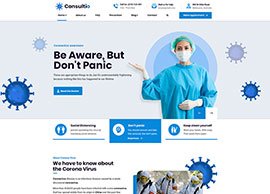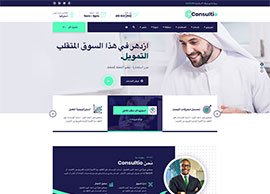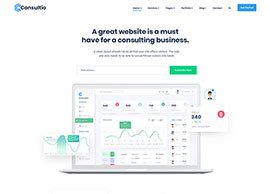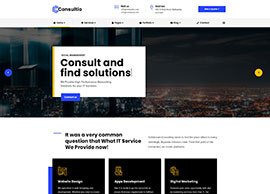We give the best Web Development Services
Web Development is the process of creating and maintaining websites and web applications. It involves various disciplines and technologies to build functional, user-friendly, and aesthetically pleasing digital experiences. Web development can be broadly categorized into front-end development, back-end development, and full-stack development. Here’s an overview of each aspect:
Key Components of Web Development
Front-End Development
- Definition: Front-end development focuses on the client-side of a website or application—the part that users interact with directly.
- Languages and Technologies:
- HTML: Structures the content on the web page.
- CSS: Styles the content, including layout, colors, and fonts.
- JavaScript: Adds interactivity and dynamic features, such as animations and form validation.
- Frameworks and Libraries: Tools like React, Angular, and Vue.js help streamline the development process and build complex user interfaces.
Back-End Development
- Definition: Back-end development deals with the server-side of a website or application, focusing on functionality, databases, and server interactions.
- Languages and Technologies:
- Programming Languages: PHP, Python, Ruby, Java, and Node.js are commonly used for server-side scripting.
- Databases: MySQL, PostgreSQL, MongoDB, and SQLite manage and store data.
- Frameworks: Tools like Django (Python), Ruby on Rails (Ruby), and Express.js (Node.js) facilitate back-end development by providing pre-built components and structures.
- APIs: Application Programming Interfaces enable different systems to communicate and interact with each other.
Full-Stack Development
- Definition: Full-stack development encompasses both front-end and back-end development, allowing developers to build complete web applications from start to finish.
- Skills Required: Full-stack developers need proficiency in both client-side and server-side technologies, as well as knowledge of databases, version control, and deployment processes.
Web Design
- Definition: Although often considered separate from development, web design overlaps with web development by focusing on the visual and user experience aspects.
- Tools and Technologies:
- Design Tools: Adobe XD, Sketch, and Figma are used for creating wireframes and prototypes.
- Responsive Design: Techniques such as media queries and flexible grids ensure that websites work well on various devices and screen sizes.
Web Hosting and Deployment
- Web Hosting: Services like Bluehost, SiteGround, and AWS provide the infrastructure to make websites accessible on the internet.
- Deployment: The process of uploading a website or application to a server. Tools like GitHub, Docker, and CI/CD pipelines automate and streamline deployment tasks.
Content Management Systems (CMS)
- Definition: CMS platforms allow users to create, manage, and modify digital content without requiring extensive technical knowledge.
- Examples: WordPress, Joomla, and Drupal are popular CMS platforms that offer flexibility and ease of use for managing website content.
Web Security
- Definition: Web security involves protecting websites and web applications from cyber threats and vulnerabilities.
- Practices:
- SSL Certificates: Secure Socket Layer certificates encrypt data transmitted between users and the server.
- Regular Updates: Keeping software and dependencies up to date to fix security vulnerabilities.
- Firewalls and Security Plugins: Implementing measures to protect against attacks and unauthorized access.
Performance Optimization
- Techniques:
- Code Minification: Reducing the size of CSS, JavaScript, and HTML files to improve load times.
- Image Optimization: Compressing images to reduce their size without sacrificing quality.
- Caching: Storing frequently accessed data to speed up load times and reduce server load.
- Techniques:
Best Practices in Web Development
- User-Centric Design: Focus on creating an intuitive and engaging user experience.
- Cross-Browser Compatibility: Ensure that websites function properly across different browsers and devices.
- Accessibility: Design websites that are accessible to users with disabilities, adhering to standards like WCAG (Web Content Accessibility Guidelines).
- Scalability: Build websites and applications that can handle growth and increased traffic without performance issues.
- Testing and Debugging: Conduct thorough testing to identify and fix issues before launch.
Emerging Trends in Web Development
- Progressive Web Apps (PWAs): Web applications that offer a native app-like experience, including offline functionality and push notifications.
- Single Page Applications (SPAs): Web applications that load a single HTML page and dynamically update content as the user interacts.
- Serverless Architecture: Using cloud services to handle server-side operations, reducing the need for traditional server management.
Web development is a dynamic and evolving field that combines creativity with technical skills to build effective and engaging digital experiences.




PPC
A feature of great leaders is that they never stop for learning. Mentorship and Coaching for your leaders.
Logo & Branding
A feature of great leaders is that they never stop for learning. Mentorship and Coaching for your leaders.
Web Desiging
A feature of great leaders is that they never stop for learning. Mentorship and Coaching for your leaders.
